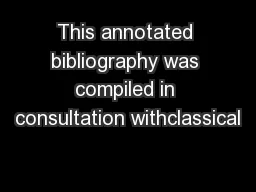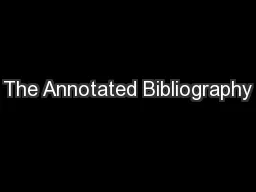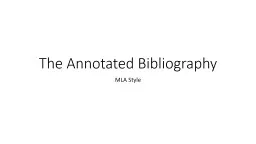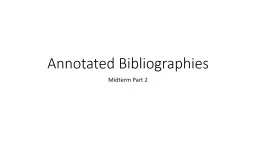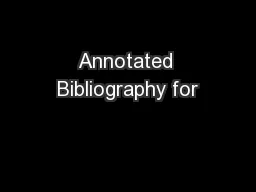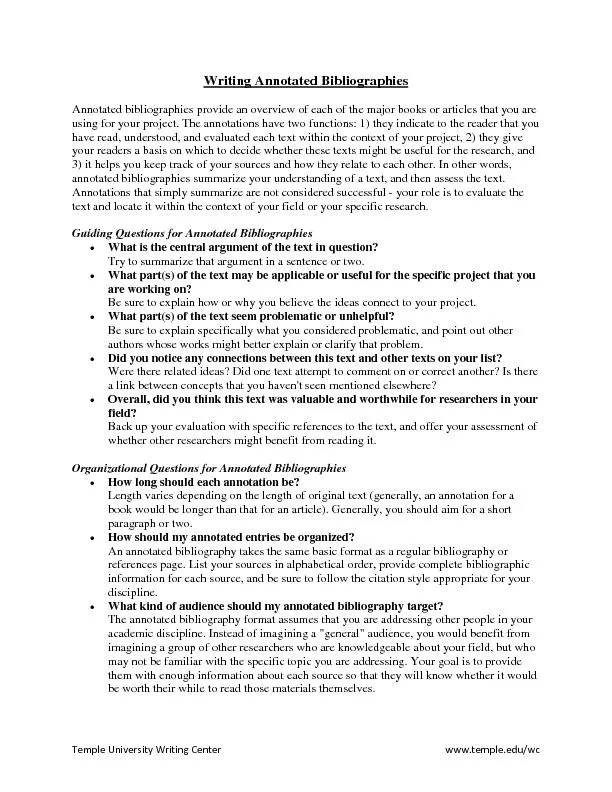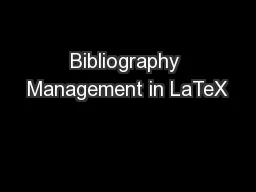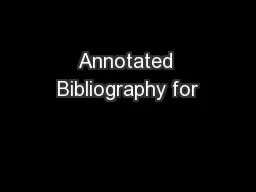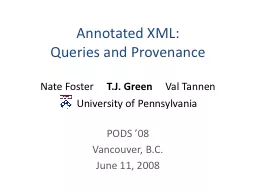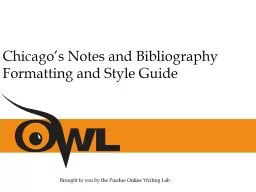PDF-This annotated bibliography was compiled in consultation withclassical
Author : giovanna-bartolotta | Published Date : 2015-07-23
Carrubba Robert W Englebert Kaempfer and the Myth of theScythian Lamb Classical World 87 1993417 The fabledvegetablelamb believed in the Middle Ages to grow in Central Fontenrose
Presentation Embed Code
Download Presentation
Download Presentation The PPT/PDF document "This annotated bibliography was compiled..." is the property of its rightful owner. Permission is granted to download and print the materials on this website for personal, non-commercial use only, and to display it on your personal computer provided you do not modify the materials and that you retain all copyright notices contained in the materials. By downloading content from our website, you accept the terms of this agreement.
This annotated bibliography was compiled in consultation withclassical: Transcript
Download Rules Of Document
"This annotated bibliography was compiled in consultation withclassical"The content belongs to its owner. You may download and print it for personal use, without modification, and keep all copyright notices. By downloading, you agree to these terms.
Related Documents

